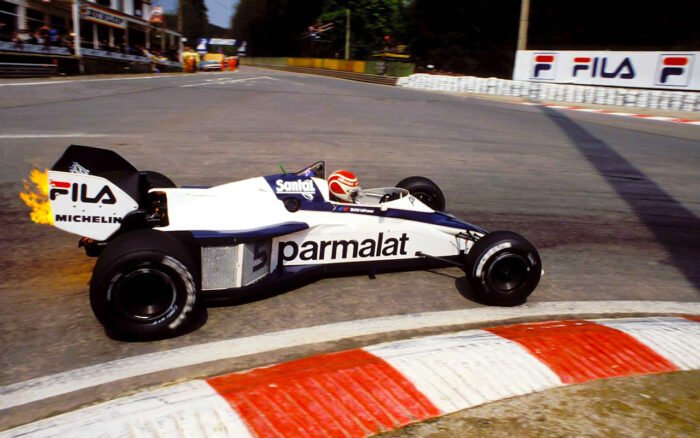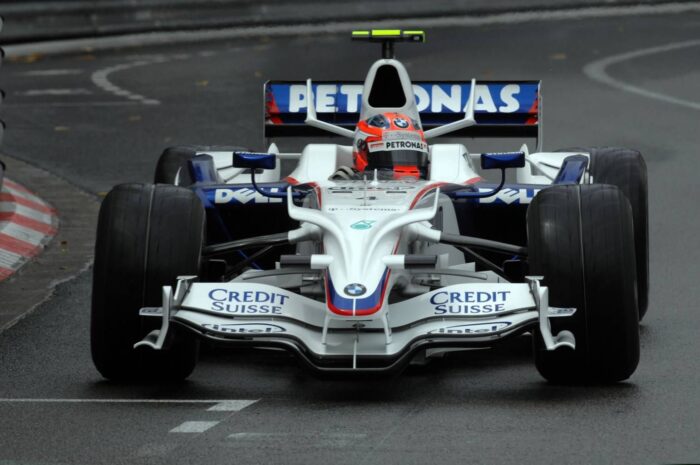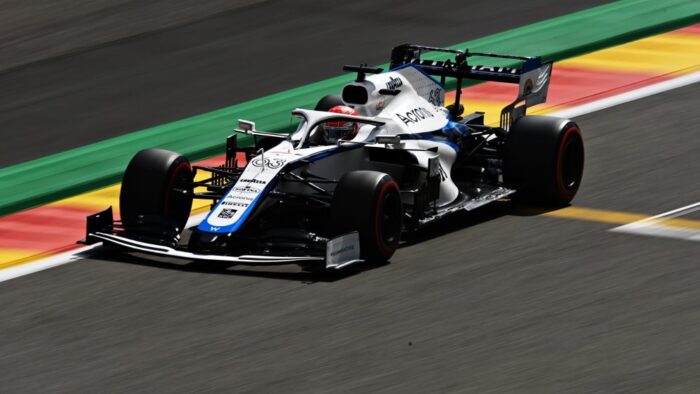The turbocharged engines in the F1 were first used by Renault. The example of the French team was followed by other manufacturers – Alfa Romeo, BMW, Ford-Cosworth, Ferrari, Honda, and Porsche – and the engine power grew more and more over the years, all the way to the level of real madness.
The most powerful engine in Formula One history was the BMW M12/13, a turbocharged 1.5-liter four-cylinder engine equipped with a KKK turbocharger and Bosch’s digital electric steering system. Instead of making new blocks for its new power unit, BMW employed exclusively used blocks with a minimum of 100,000 kilometers.
What Was the Idea of BMW Engineers?

Source: historicmotorsportcentral.com
BMW engineers believed that by including used blocks in this way, they avoid possible cracking of the engine blocks. Even more interesting was the process of strengthening these blocks. In addition to exposing them to cold and rain, rumors suggest that engineers even urinated on them.
Although it sounds bizarre, urine has a nitrate effect because it contains compounds that form hard crystals on the surface of the metal, and this was discovered by blacksmiths in the Middle Ages. Namely, swords exposed to urine were significantly harder than the others, and in this example, we see that this practice has continued centuries later.
The BMW M12/M13 debuted in F1 in 1982 with Brabham. At that time, the engine produced about 850 horsepower in the qualifications, but it was limited to 640 horsepower in the race in order to save fuel. The year 1983 was extremely successful for Brabham and BMW, and Nelson Piquet became the first world champion with a turbo drive unit.
For the next two years, ATS and Arrows also used BMW engines, but none of the three teams managed to surpass McLaren, which was led by a powerful Porsche engine. Three years later, BMW began delivering engines to Benetton as well, while cooperation with ATS ended. The Benetton B186, with Berger and Fabi behind the wheel, is becoming the most successful car driven by BMW’s engine, considering that Arrows was still uncompetitive, and Brabham’s radical BT55 didn’t meet the original expectations.
BMW Doubles the Power of the Engine

Source: reddit.com
The power of the BMW engine has almost doubled. During the race, the M12/M13 is limited to 850 horsepower but is fully maximized in qualifying. The exact power of the engine is not known because the measurements were limited to 1,280 horsepower, but it is assumed that the engine produced about 1,400 horsepower. There were no limits on the power or number of engines used that season. The only restriction was the maximum amount of fuel of 195 liters. However, that rule only applied to races themselves.
During the qualifications, all 1,400 hp of the BMW engine were used, in combination with a special gearbox and tires. At that time, the driver had only one lap to set the fast time before his engine became a broken pile of metal, and the gearbox disintegrated or the tires exploded. Turbo engines in those days had very poor power delivery characteristics, especially BMW.
Turbo Engine Ban

Source: formula1.com
In one statement, Gerhard Berger described the qualifications at the time, saying the car was a ‘bomb’ on tracks like Spa or Monza. He added that the power was incredible, even with the terrible delay of the turbo. Berger emphasized that it was necessary to add gas at the entrance to the bend just to get the power at the exit from it.
In 1987, the period of unlimited turbo engine power came to an end. Naturally aspirated engines return to Formula One, while turbo engines were completely banned in 1988. Cars became too fast, so that was the main argument for the ban. Given the announcements, it is very likely that the Benetton B186 will remain the most powerful car in the history of F1 for a very long time. We cannot stop wondering what would the offer of the Formula One-specialized bookmakers at Bookmaker-Expert.com for antepost winners looked like in case cars that were driven in the 80s remained competitive.
